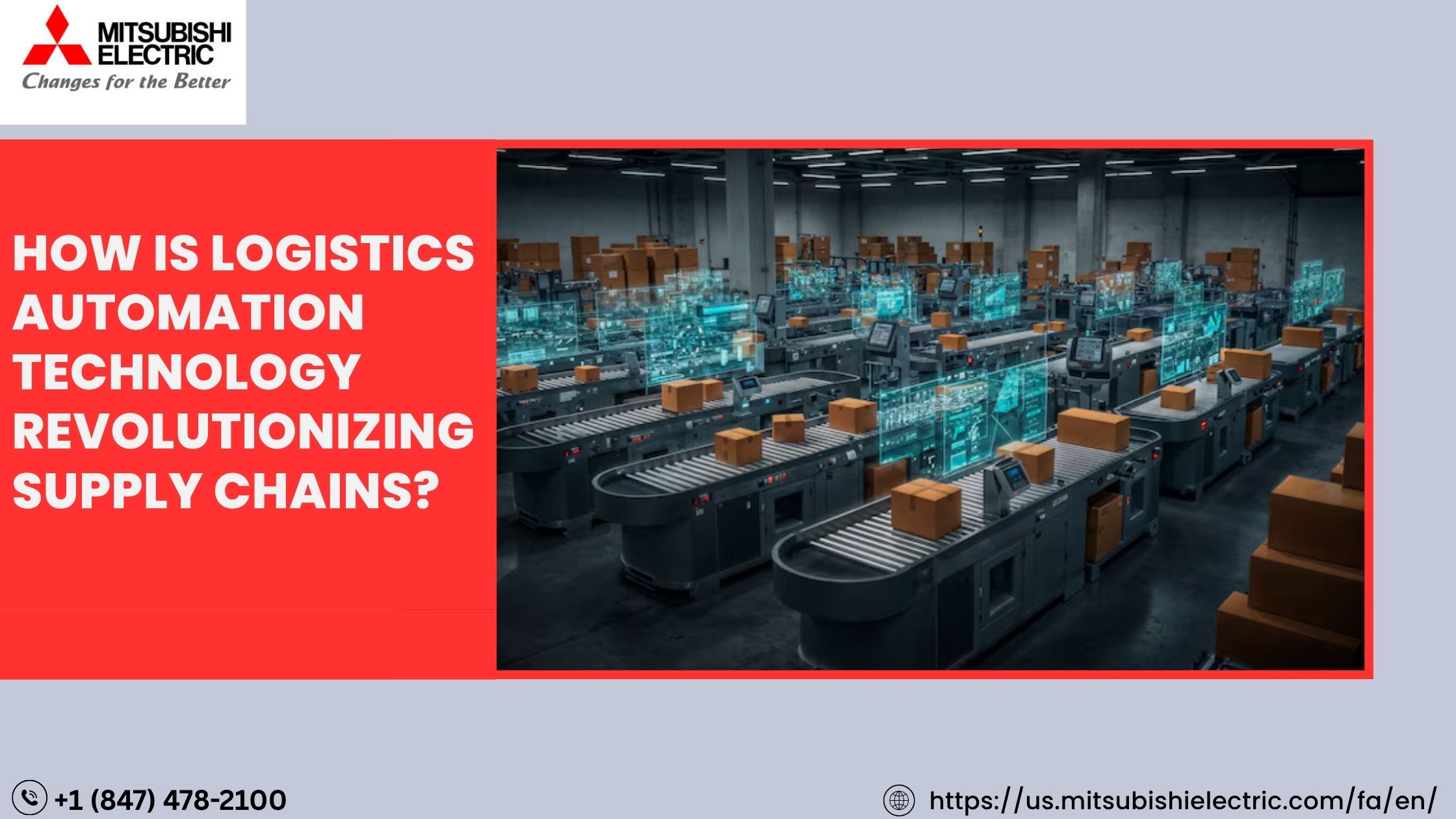Logistics Automation Technology is fundamentally transforming supply chains, shifting them from manual, error-prone processes to highly efficient, data-driven, and resilient systems. This revolution is powered by advanced innovations, enabling businesses to meet escalating consumer demands and navigate complex global challenges with unprecedented agility.
Enhancing Efficiency and Accuracy
At its core, logistics automation Technology drastically improves operational efficiency and accuracy. Automated systems, including robotic process automation (RPA), automated guided vehicles (AGVs), and sophisticated warehouse management systems (WMS), streamline tasks like picking, packing, sorting, and inventory management. This minimizes human error, reduces processing times, and ensures precise inventory tracking, leading to faster order fulfillment and fewer costly mistakes. Real-time data collection through IoT devices and sensors provides unparalleled visibility, allowing companies to monitor goods in transit and respond proactively to disruptions.
Unprecedented Visibility and Data Insights
The integration of IoT (Internet of Things) devices and advanced sensors provides real-time tracking of goods, vehicles, and assets throughout the supply chain. This enhanced visibility allows businesses to monitor shipments, predict potential disruptions, and react proactively. Furthermore, AI and machine learning algorithms analyze vast amounts of this data to provide predictive analytics. They can forecast demand patterns with greater accuracy, optimize inventory levels, and identify potential bottlenecks before they occur. This data-driven approach enables more informed decision-making, transforming reactive operations into strategic, forward-looking ones.
Cost Reduction and Scalability
While initial investments may be significant, logistics automation technology leads to substantial cost savings. Reduced reliance on manual labor, minimized errors (which prevent costly re-dos and returns), and optimized resource utilization all contribute to lower operational expenses. Automated systems can operate 24/7 without fatigue, further boosting productivity. Moreover, automation offers immense scalability and flexibility. During peak seasons or periods of fluctuating demand, automated systems can easily adjust to handle increased volumes without requiring proportional increases in human labor or infrastructure, allowing businesses to adapt and grow more seamlessly.





